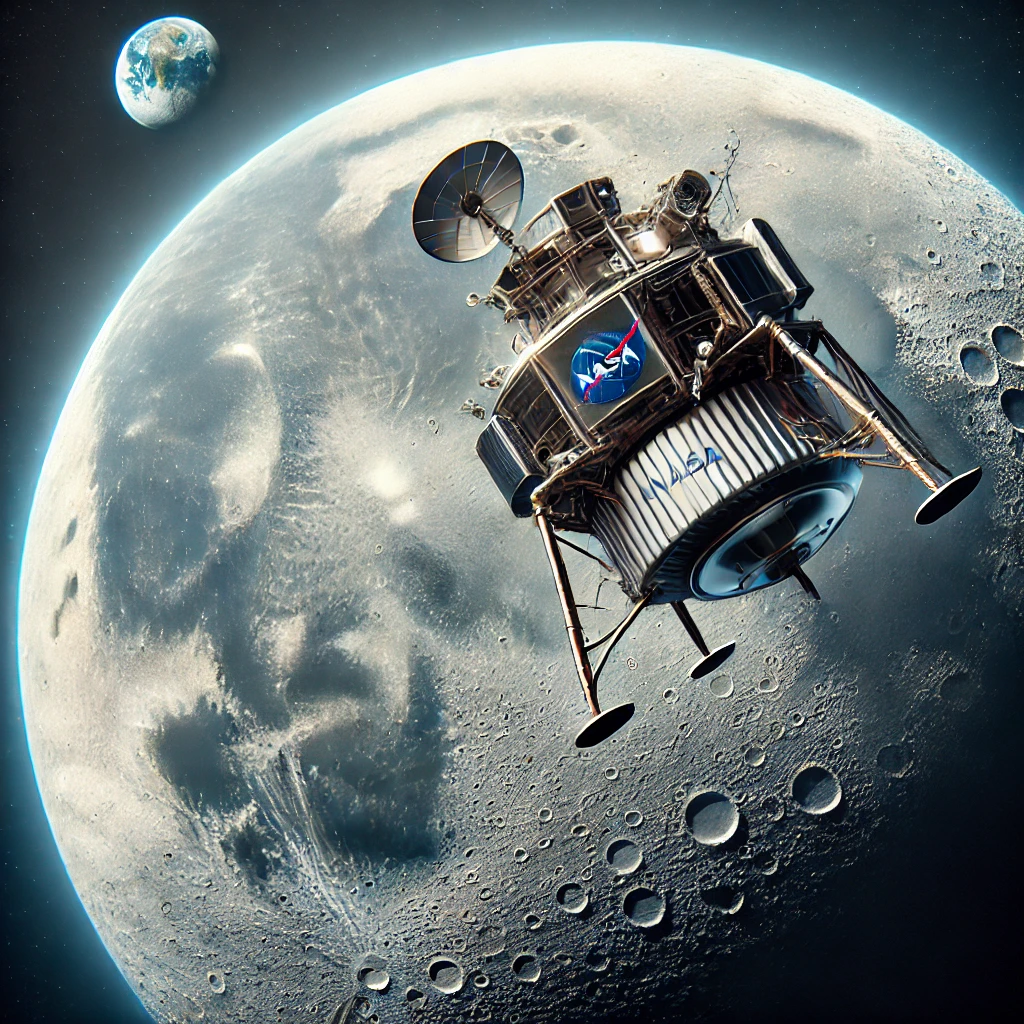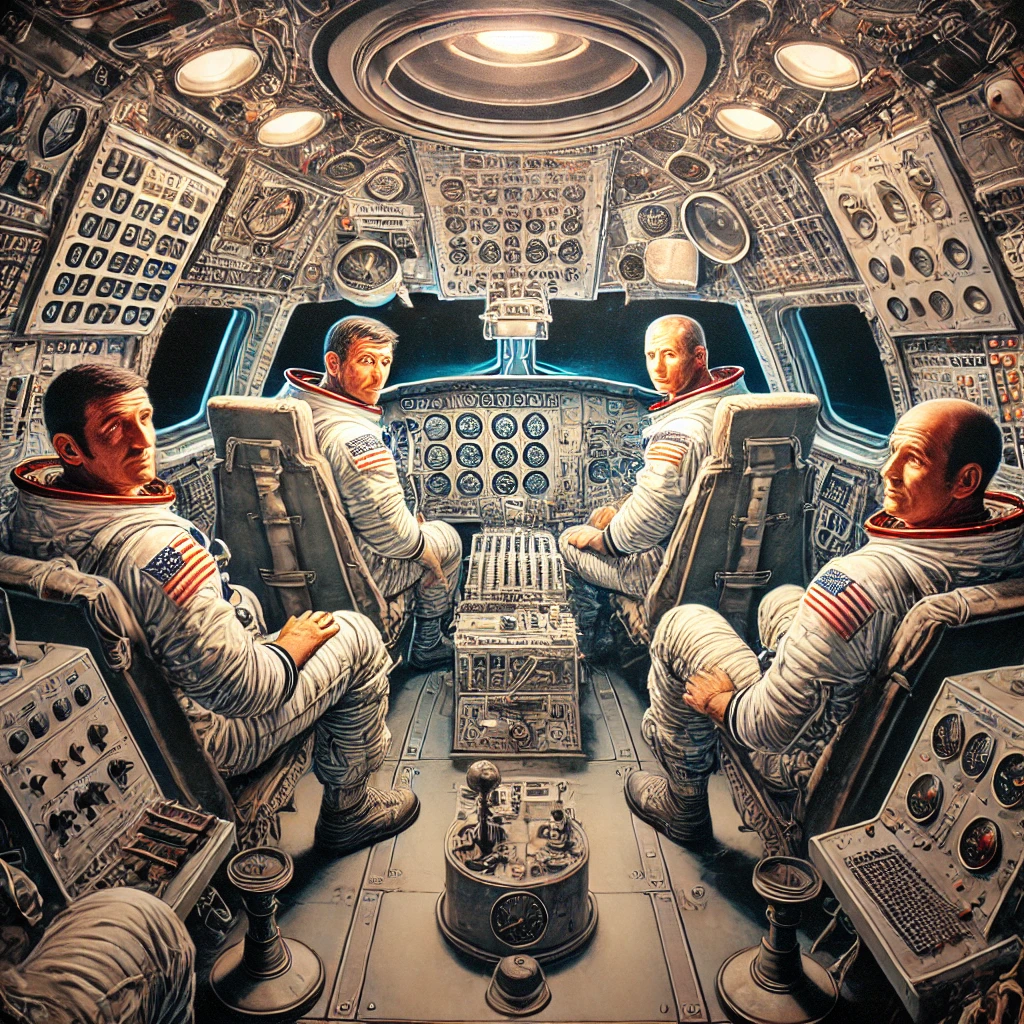A historic moment in space exploration occurred on December 21, 1968, when the Apollo 8 spacecraft, with astronauts Frank Borman, James Lovell, and William Anders, became the first manned mission to orbit the Moon. This groundbreaking achievement marked a turning point in the Space Race, showcasing the ingenuity, courage, and ambition of humankind.

Preparing for an Unprecedented Mission
Apollo 8 was initially intended to test the lunar module in Earth’s orbit, but delays in its production prompted a change in plans. NASA decided to take a bold step by sending the spacecraft on a circumlunar mission, effectively bringing humanity closer to the Moon than ever before. This decision required an accelerated timeline for preparation, testing, and training.
The Saturn V rocket, the most powerful launch vehicle ever built at the time, successfully propelled Apollo 8 into space. The mission was a high-stakes endeavor, as it was the first manned flight of the Saturn V and carried the hopes of a nation eager to prove its technological superiority during the Cold War.
Witnessing the Moon Up Close

Apollo 8 achieved lunar orbit on December 24, 1968, allowing the astronauts to become the first humans to see the far side of the Moon with their own eyes. As they orbited, they captured breathtaking images of the lunar surface and the iconic “Earthrise” photograph—a striking view of Earth rising above the Moon’s horizon. This image became an enduring symbol of Earth’s fragility and unity, sparking a new perspective on our planet.
The crew’s Christmas Eve broadcast further cemented Apollo 8’s place in history. Reading from the Book of Genesis while images of the Moon were transmitted back to Earth, the astronauts’ message of peace and wonder resonated with millions around the globe during a tumultuous period in history.
Lasting Impacts of Apollo 8

Apollo 8’s success laid the groundwork for future lunar missions, including the historic Apollo 11 Moon landing in 1969. The mission demonstrated the viability of many critical systems and maneuvers, such as lunar orbit insertion and high-speed re-entry into Earth’s atmosphere.
Beyond its technical achievements, Apollo 8 had a profound cultural and philosophical impact. The “Earthrise” photo is credited with fueling the environmental movement by highlighting the interconnectedness of all life on Earth. Additionally, the mission underscored the potential for international cooperation and human ingenuity to tackle seemingly insurmountable challenges.
Today, Apollo 8’s legacy continues to inspire space exploration. Modern lunar missions and the development of Mars exploration programs owe much to the pioneering efforts of Borman, Lovell, and Anders. Their journey not only pushed the boundaries of science but also reminded humanity of its shared destiny among the stars.
In retrospect, Apollo 8 was not just a mission to the Moon; it was a testament to human ambition, resilience, and the enduring quest for knowledge. Its echoes are felt in every spacecraft that ventures into the cosmos, keeping the spirit of discovery alive for generations to come.
